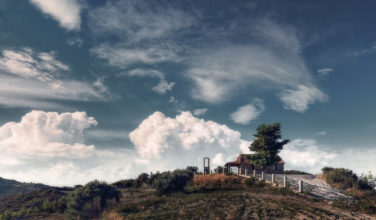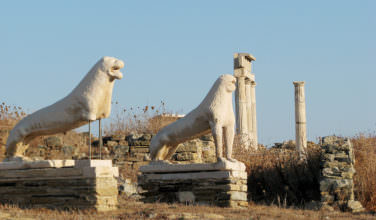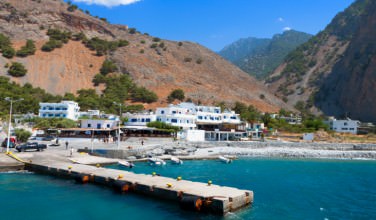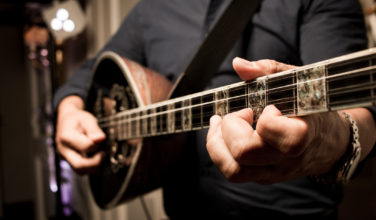The Daphni Monastery: The Byzantine Jewel Outside Athens
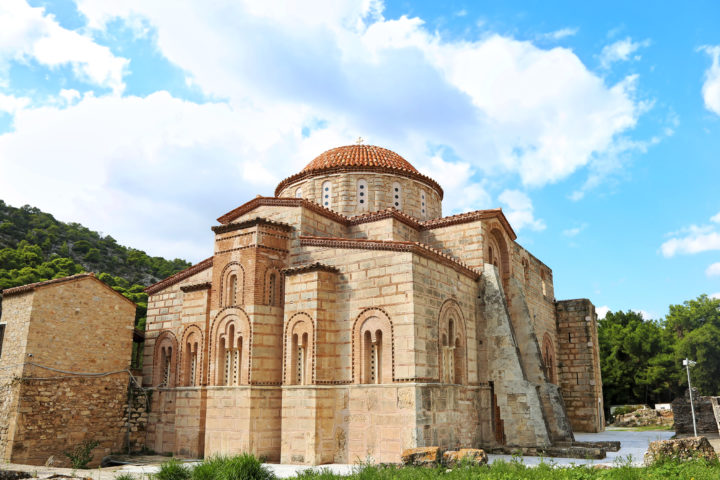 Your problem is you find yourself in Athens with nothing to do, or more realistically maybe you are back in Athens and are looking for something to do and see that is more ‘exotic’ than trekking up the Acropolis for the umpteenth time (which even after multiple visits never seems to lose its magic). Luckily for you Athens is filled with millennia’s worth of things to explore and do.
Your problem is you find yourself in Athens with nothing to do, or more realistically maybe you are back in Athens and are looking for something to do and see that is more ‘exotic’ than trekking up the Acropolis for the umpteenth time (which even after multiple visits never seems to lose its magic). Luckily for you Athens is filled with millennia’s worth of things to explore and do.
Just such a site is the historic Daphni Monastery [Grk: Μονή Δαφνίου] built by the Byzantines in the 11th Century AD. The nearly 1,000-year-old building is located a little less than 7 miles from Syntagma Square in downtown Athens. The monastery is quite literally situated on the edge of the city, in the suburb of Chaidari. It lies nestled on the eastern slopes of Mount Egaleo in a dense forest. Conveniently, it is located right next to Athinon Avenue at the end of the Iera Odos highway.
Together with the famous monasteries of Hosios Loukas near Delphi and Nea Moni on the island of Chios, the Daphni Monastery is designated as a UNESCO World Heritage Site for its significant historical and architectural value. These monasteries are famed as masterpieces of Byzantine Architecture, and are especially noted for their priceless interior gold mosaics.
Situated on the famed Eleusis Way, the monastery is built on the site of an ancient Greek temple dedicated to Apollo and an earlier Christian monastery to the Virgin Mary. After Frankish Christian crusaders sacked it in 1205, it was given to the Cistercians (A Western Catholic Monastic Order), who added their own cloister and twin pointed arches in the Gothic style to the façade. Ancient Ionic columns surviving from the Temple of Apollo were used in the portico of the monastery; today only one remains after Lord Elgin took the other three back to London.
Daphni is an example of a cross-in-square type floor plan with a wide and high central octagonal dome. Its floor plan is very complex and architecturally sophisticated, with the inside appearing very open and airy. The massive dome appears to merely float on eight points as the arches link the four corners with the four openings around it. The four corners that support the dome appear to be carved into the wall, which gives open space for beautiful mosaic decoration. The mosaic decoration of Daphni is some of the finest in Greece that hails from the middle-Byzantine period. The stunning architectural plan and high quality mosaics leads many to believe it was built on orders of the Emperor himself, and that highly skilled artisans were sent from the capital Constantinople to execute the decoration of the monastery.
The Monastery unfortunately is located very close to a seismic fault line and as a result was severely damaged in the 1999 Earthquake that struck Athens. The major damage prompted it to be closed for emergency structural repairs. The repairs are still ongoing today, a testament to the painstaking and lengthy process of repairing the cracked walls and shattered mosaics. Since being closed since 1999 the Monastery has only since recently opened two days week. It is open only on Tuesday and Friday from 9AM to 2PM. Although it is completely encased in scaffolding, visitors are taken inside to climb the scaffolding to see the priceless 11th Century mosaics at eye level only a mere couple of feet away, an awesome opportunity that is rare to say the least.
The closest metro station to the Daphni Monastery is the newly opened Agia Marina Station (also serving the Chaidari neighborhood) on Line 3, or the blue line. A bus can be taken from Agia Marina Station heading along the Iera Odos, which ends within site of the monastery. It can also be reached from the station by bus travelling along Athinon Avenue to the stop Psychiatreion [Grk: ΨΥΧΙΑΤΡΕΙΟΝ] just across the street from the Monastery. To avoid confusion, the Daphni Monastery is not in fact located in the Athenian suburb of Dafni, which has its own metro station of the same name but is located close to central Athens.
Categorized in: About Athens, Greece, Greek Travel Guide
This post was written by Greek Boston


